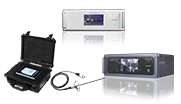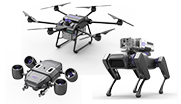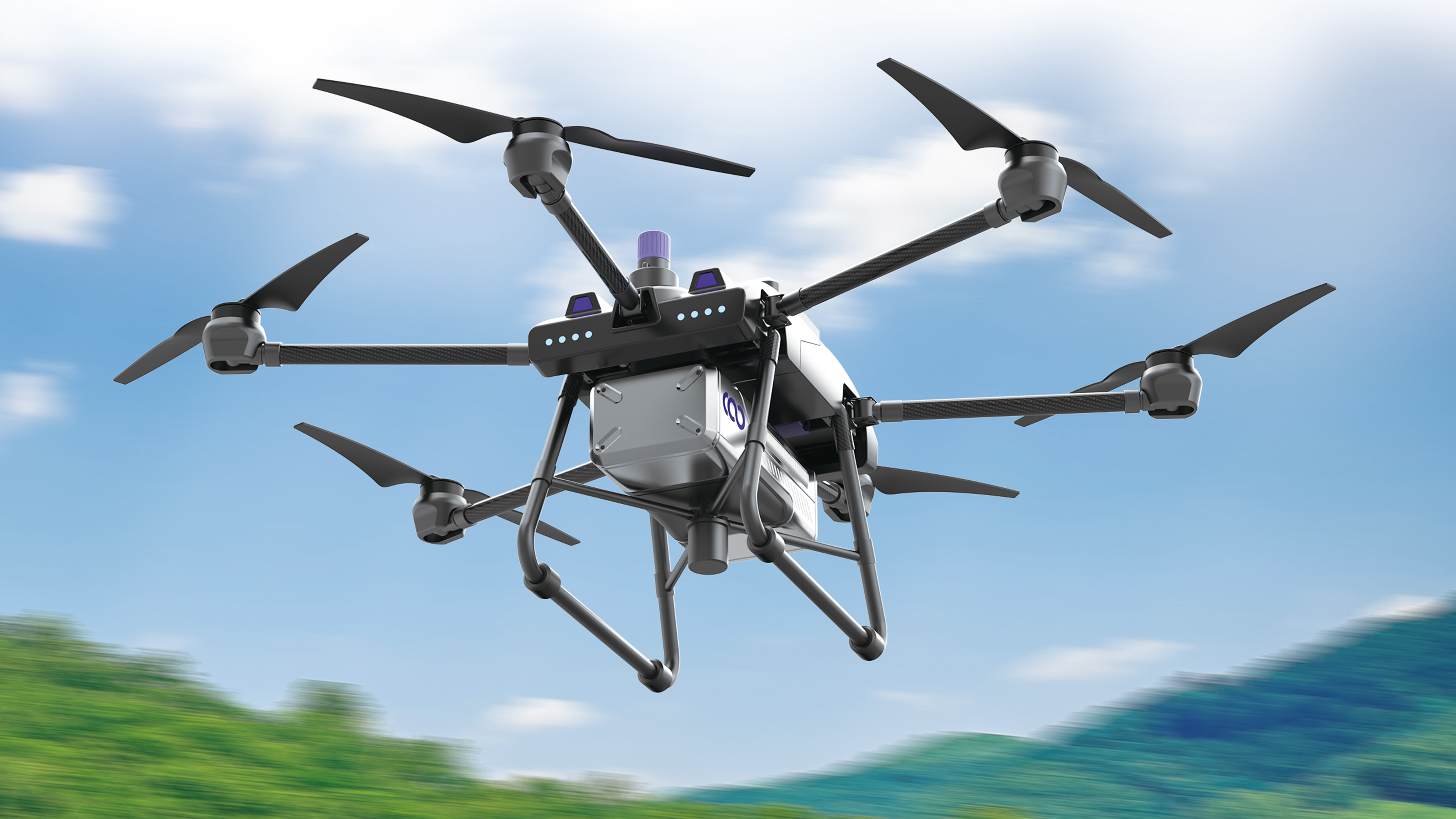Coal Mine Bundle Tube Spontaneous Combustion Monitoring System
This is a monitoring system designed to detect hidden risks of coal spontaneous combustion in underground coal mines. Bundle tubes are deployed in areas prone to coal spontaneous combustion, such as goafs and high-caving zones in roadways. Air samples are extracted through the bundle tubes to a surface monitoring and analysis room using an air pump.
Professional analytical equipment such as gas chromatographs is used to accurately analyze the composition and concentration of gases in the samples, including oxygen, carbon monoxide, and ethylene. Based on changes in gas composition and relevant indicators, the system can predict in advance whether coal has a tendency to spontaneous combustion, providing critical evidence for coal mines to adopt fire prevention and extinguishing measures. This effectively prevents fire accidents caused by coal spontaneous combustion and ensures safe coal mining operations.
Intelligent Coal Mine Inspection
This system leverages advanced sensors, robotics, and IoT technologies to perform smart inspections of underground mine infrastructure. Autonomous robots patrol designated routes and are equipped with HD cameras, infrared thermal imaging, and gas sensors.
These robots monitor equipment status (e.g., motor temperature, belt deviation), roadway deformation, and gas concentrations (e.g., methane, carbon dioxide). Data is transmitted in real time to a surface control center. If anomalies are detected, alerts are issued, enabling timely responses. This reduces labor intensity and enhances inspection accuracy and safety.
Pollution Source Monitoring in Coal Chemical Industry and Coal-Fired Power Generation
Real-time monitoring is performed on pollutants generated during coal chemical processing (coal gas, coal-to-liquids, coal-to-methanol) and coal-fired power generation. Tracked emissions include sulfur dioxide, nitrogen oxides, particulate matter, phenol-laden wastewater, and ammonia-rich wastewater.
CEMS and water quality analyzers provide real-time data on pollutant types, concentrations, and discharge volumes. Data is transmitted to regulatory authorities and internal platforms to ensure emission compliance and reduce environmental impact.








